|
*This post contains affiliate links. I receive small commissions for purchases made through these links at no extra cost to you. These commissions help me keep this site up and running, in order for me to keep providing helpful and inspiring art content. :)
Struggling with saving your whites when painting with watercolors? Have you been considering the use of masking fluid but are unsure about how to use it effectively and whether it's really necessary at all? Have you avoided using masking fluid in your work because it makes the process longer and more tedious? One of the most difficult things to get used to when starting with watercolors, is planning where the lightest areas of our paintings will be and keeping them protected throughout the painting process. Watercolors are quite different from other painting mediums due to the fact that they are translucent and require us to work from lightest to darkest values. As opposed to acrylics, oils or gouache, this painting medium doesn't allow us to simply cover up mistakes. By doing a bit of planning beforehand and knowing what tools/techniques to use for each project individually, we can ensure that we're using watercolors to their full potential. When used effectively, this artistic medium is able to create very striking paintings that have a lighter feel to them than those created with acrylics or oils, and also seem to glow from within. Protecting our lightest areas is essential in order to achieve such qualities. In this blog post, I am sharing the steps I personally go through when using masking fluid in a watercolor painting. I will also provide some essential tips that will help you avoid accidents. To illustrate each step, I have included a beginner-friendly masking fluid exercise. It's very important to do a few explorations with new tools before actually trying them out in a painting! Even though many watercolor sets contain white paint, traditional watercolor artists avoid using it. There's no need because the watercolor paper itself IS the white and the areas left free of pigment will stand as the highlights of the painting. Whether the artist decides to use masking fluid or not, he/she makes sure to protect those whites because, once pigment touches paper and is absorbed, there's no way to get that white back. Most traditionally trained watercolor artists avoid using ready-made blacks, but that's a story for a different day. I talk about it more in this video. Now-a-days, there are tons of amazing artists who use watercolors in combination with other types of mediums, creating beautiful mixed-media artworks. There are those who complete a watercolor painting without paying much mind to highlights until the end, when they add them in using white gouache, acrylic paint, paint pens, and/or other drawing mediums. I'm all about exploring mediums and creating one's own artistic style! However, I've found it invaluable to study each medium individually and challenge oneself to create desired effects using that medium alone. I noticed the biggest improvement in my painting quality when I pushed myself to complete a project using only one medium. So, I recommend making time to explore each medium on its own once you're at a certain skill level, especially if you find that you're continuously reaching out for a second/third medium as a crutch because you were unable to create the effects you were intending to. Once you've learned the characteristics of each medium and the general do's and don'ts, then go ahead and combine them, if you wish to. But let it be because it's your stylistic choice, and not because you needed another medium as extra support. It's hard! But I promise you you, that it will help you improve a whole ton. Masking fluid is absolutely not necessary in order to create a great watercolor painting, but it sure is a great tool to know about, especially when painting certain kinds of subjects that have shiny, reflective surfaces and/or tiny areas you want to block out. If you don't have masking fluid or wish not to use it, you have the option of carefully working around your planned white highlights, but because watercolors are so fluid, it may be a challenge. Here is an example of a painting I created by very carefully working around the areas I wanted completely white at the end (no masking fluid). See all those tiny white spaces? I consciously made an effort not to get any pigment in them! If I had accidentally covered up those spaces, my painting would look flat and wouldn't have that "glow" to it.
If you enjoyed this video and found it helpful, make sure to subscribe to my YouTube channel. I share a brand new video every week with art tips, drawing and painting tutorials and mindset/productivity tips for artists. *Subscribe HERE*
So, what is masking fluid, exactly?Masking fluid (also referred to as liquid frisket) is liquid latex that dries to a rubbery/waterproof film, allowing us to block out areas in our paintings that we want free of pigment. It contains ammonia, which makes the liquid very smelly and makes it necessary to work in a well-ventilated room. Colorless masking fluid looks white while in the bottle and dries to a transparent/yellowish film. However, pigmented varieties are available, in case the artist requires a greater visibility throughout the placement process. Though the use of masking fluid entails adding in a couple of extra steps and makes the painting process longer, it does make protecting the whites a lot easier and is a great tool to have when painting complex, detailed subjects! How to Use Masking FluidYou will need: -Watercolor paper -Masking fluid -Watercolor paint -Paintbrushes -Pencil -Eraser -Paint-mixing palette -Cup of water -Old rag or paper towel -Bar of soap or dishwashing liquid -A tool for placing your masking fluid (old paintbrush, wooden skewer, paper clip, cotton swab, etc.) *Optional: -Masking tape -Rubber cement pick up or soft eraser For a full list of my current favorite drawing and painting supplies, go here.
Instructions: 1. Create your initial sketch As always, start with a good, light pencil drawing. Once you're done, map out where you want your highlights to be. Usually, this will entail having a good look at your reference picture and pinpointing lightest areas. Then, we would lightly outline these small shapes. *Illustrative exercise (recommended for beginners): For the purpose of this little abstract exercise, we will be blocking out lines. Create a simple design using straight or curved lines and keep them as light as possible (so you can erase them later)! 2. Select a tool to place your masking fluid with Depending on the effect you're going for in your painting, this tool can range from a paintbrush, to a wooden skewer, to a cotton swab, or even a toothbrush (for splattering). If you do decide to use a paintbrush, make sure you use an older one that you don't mind damaging because it doesn't take much for masking fluid to kill those bristles! Personally, I've already ruined at least a couple of paintbrushes and have gotten used to applying masking fluid with paper clips! *For this exercise, you'll need a pointier tool so you're able to trace your pencil lines. 3. Take your time placing your masking fluid on desired areas Do this carefully and take your time! Make sure your not scraping or otherwise damaging your paper, especially if you're using a sharp, pointy tool to place your masking fluid with. If you're creating a finalized painting using a reference picture, try to look at it constantly so you make sure to block out all areas you want protected. *Carefully trace your pencil lines. It's totally normal to have to re-dunk your paper clip into your masking fluid every few seconds! When you're done, allow it to dry completely (this can take up to 30 minutes depending on the thickness it was placed in. Make sure it's completely dry to the touch before continuing with the next step. 4. Paint as per usual Move on to the painting process, starting from lightest and most translucent values to darker values, allowing each layer to dry before applying the next. Don't be afraid of painting over the masking fluid. That's what it's there for! If you're creating a finalized painting, take your time developing those values and get your painting as close to being done as possible before removing the masking fluid. What I personally do, is to make sure I've arrived at a point at which I feel I can't advance any further until my masking fluid is out of the way. Once you're done, allow your painting to dry naturally and completely. To see how I create striking paintings working in layers, visit my blog post Realistic Watercolor Sandwich Process *For this beginner-friendly exercise, explore different colors and effects until you arrive at something you like. 5. Remove that masking fluid! This is the time we've all been waiting for! Once your painting is completely dry, carefully and gently remove that masking fluid with a rubber cement pick up, a soft eraser or using your fingers (I wouldn't recommend using your fingers if your hands are usually sweaty or greasy though!). Rub gently until part of it lifts and then gently pull the rest off. Make sure you remove it completely and lightly dust your painting off so no pieces are left behind.
6. Soften hard edges and finish any last details
Once your masking fluid has been removed, you'll notice that you're left with very stark-looking, sharp white shapes. If you're creating a painting that's more on the realistic side (like in the car painting time lapse video I've included in this post), you'll probably want to soften at least some of these. To do this, simply wet your paintbrush in clean water and do some gentle scrubbing on those sharp lines, moving the pigment around on your paper. However, be very careful not to cover up all of your white! Now is also the time at which you can further deepen values in your painting if you need to, or carefully create any washes you feel would improve your painting. Allow to dry completely before removing any masking tape. *For the purpose of this abstract exercise, I left my white lines as they were after having removed my masking fluid because I liked the look of it. If you'd like to explore softening some of them or even adding in extra washes of color, go for it! Masking Fluid Pro Tips!1. If you want to use a paintbrush for masking fluid placement, soak its bristles in dishwashing soap (or rub them gently on a bar of soap) before dipping it into the masking fluid. This will make it easier to remove the masking fluid when you're done. 2. Never shake your masking fluid bottle before starting with its application. This creates air bubbles and may lead to coagulation, which may make it harder to place on desired areas and may affect the outcome of your work. 3. Only apply masking fluid on bone-dry paper and only remove it from bone-dry paper. 4. When using masking fluid, resist the urge to speed up drying times using a hairdryer or any sort of heat tool. Warm air can cause the already-hardened masking fluid to stick to your paper even more, which can later lead to rips and tears as you try to remove it! 5. Never allow hardened masking fluid to be on your paper for extended periods of time (over two days). Whether this is a problem or not will depend on a number of variables such as masking fluid and paper brands/types, environmental temperature, etc. However, be wary of leaving masking fluid on your paper for long periods of time because it can get to a point at which it may be impossible to remove! 6. Explore different ways you can apply and use masking fluid! There are so many ways to do it, from placing it carefully the way we did in today's exercise, to splattering, smearing, etc. Experimenting with different tools and techniques can definitely open up your horizons about what's possible with watercolors and will also allow you to have different tricks up your sleeve whenever you're painting complex subjects! What method do you personally use to create highlights in your watercolor paintings? Do you have any negative experiences with masking fluid? I'd love to know in the comments section below!
19 Comments
Erika Lancaster
6/5/2018 10:49:49 am
Hi Amira,
Reply
6/5/2018 09:35:15 am
I haven't painted in a long time. But this article has really taught me something meaningful .
Reply
Erika Lancaster
6/5/2018 10:51:17 am
Hi Collins,
Reply
6/12/2018 09:48:34 am
Wow! Love your work!
Reply
Erika Lancaster
6/13/2018 07:54:02 am
Hi Amy!!
Reply
Eddi Reid
8/2/2018 05:35:35 pm
Joining your on line chat sessions has not worked out for me but I regularly check to enjoy everyone’ opinions and the special treat of sharing artwork. Your art tips are always worthwhile.
Reply
Erika Lancaster
8/7/2018 08:56:59 am
Hi Eddi,
Reply
Sutender Kumar Sood
11/19/2019 01:54:28 am
Hai Erica Can you tell me,How to thin out the thick masking fluid ?
Reply
11/19/2019 09:08:34 am
Hi Sutender,
Reply
Hi Erica, thanks for the tip with the paper clip. I always applied the fluid with a fine brush but was worried about the substance damaging the delicate hair (non synthetic). Also loved the video painting the car with the masking fluid! :-)
Reply
12/8/2019 11:41:50 am
Hello, Lennart! :)
Reply
Eva
1/9/2021 01:07:39 pm
I’m a beginner. Loved these tips for applying masking fluid, was so very helpful.
Reply
1/10/2021 11:02:53 am
Hi, Eva!
Reply
shrikrishna abhyankar
2/7/2021 12:05:44 pm
Thanks a lot explaining how to use masking fluid.
Reply
2/8/2021 08:59:03 am
Hey, there!
Reply
4/26/2022 07:12:17 am
Using a coloured masking fluid allows you to readily see sealed-off areas on paper, which helps you make finer details. Simply ensure that the product you purchase does not stain. White and translucent masking fluids, on the other hand, are stain-free yet difficult to see.
Reply
Leave a Reply. |

www.erikalancaster.com
is a participant in the Amazon Services LLC Associates Program, an affiliate advertising program designed to provide a means for sites to earn advertising fees by advertising and linking to amazon.com. www.erikalancaster.com is a participant in the Shareasale.com Affiliate Program, an affiliate advertising program designed to provide a means for sites to earn advertising fees by advertising and linking to Shareasale.com partner companies. |

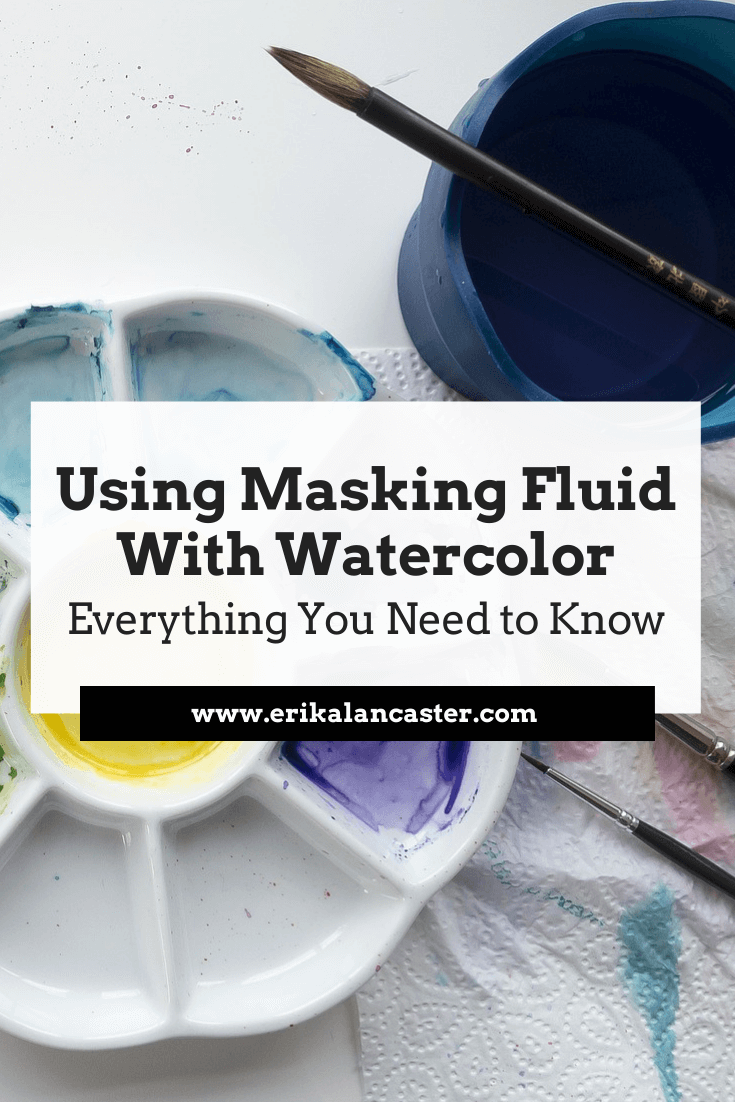
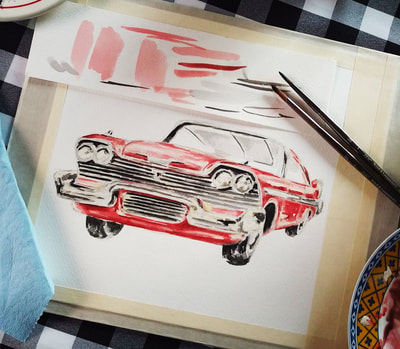
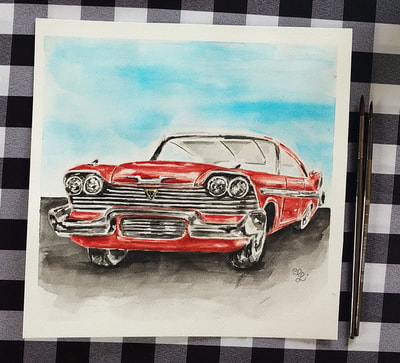
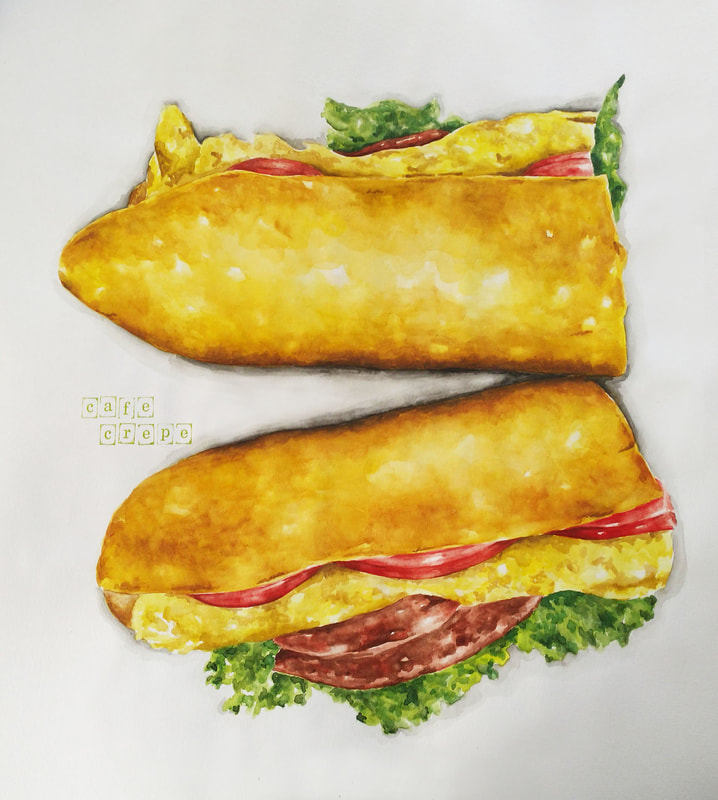
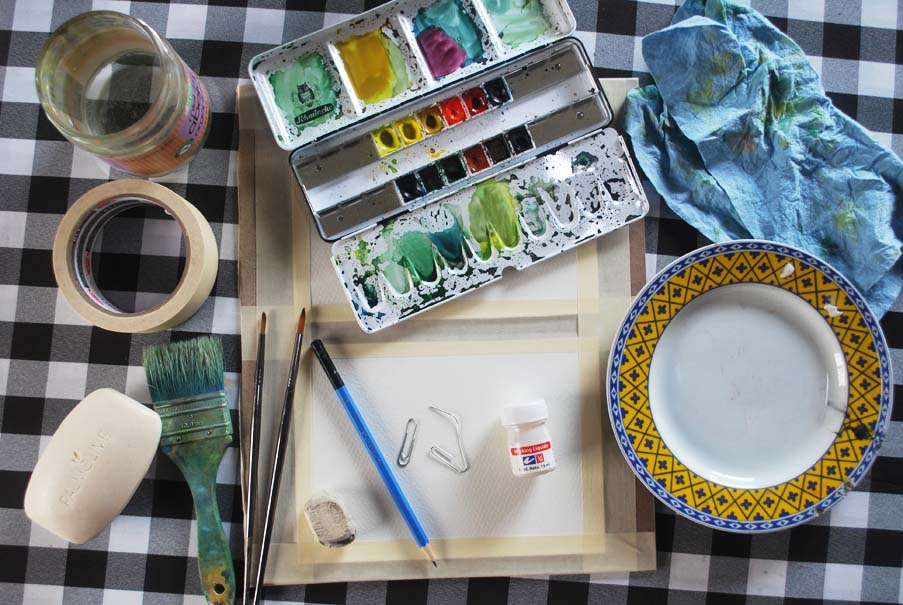




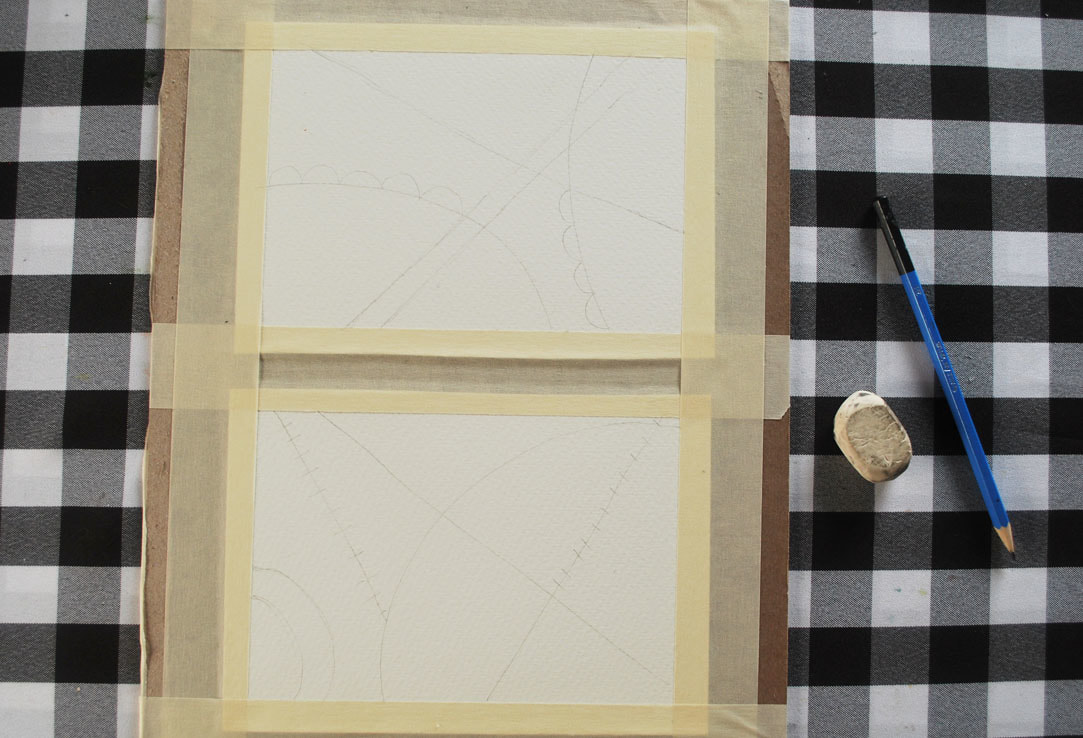
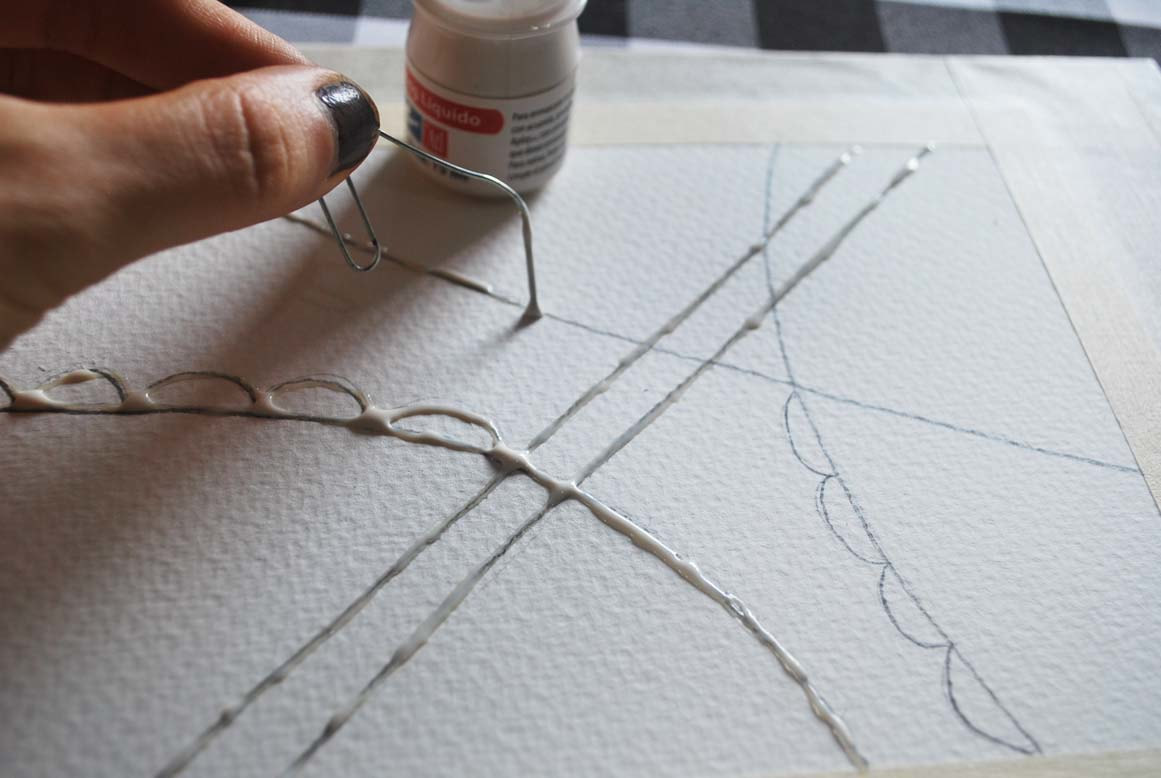
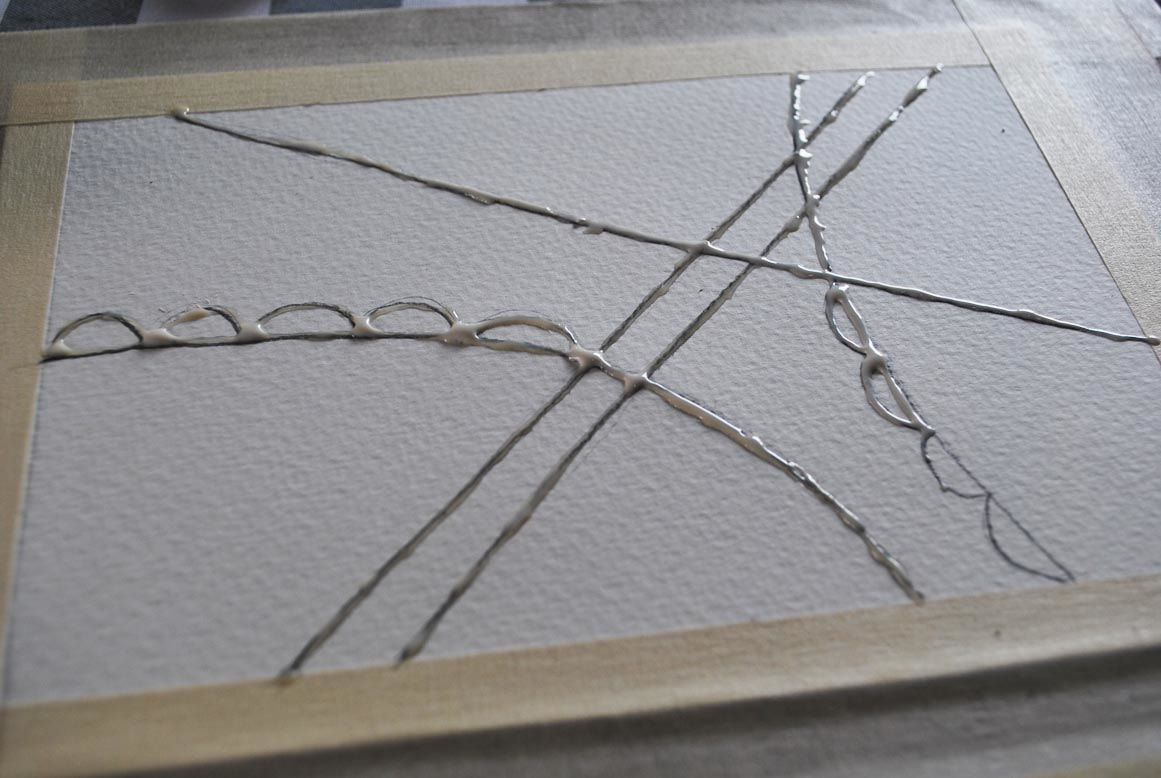
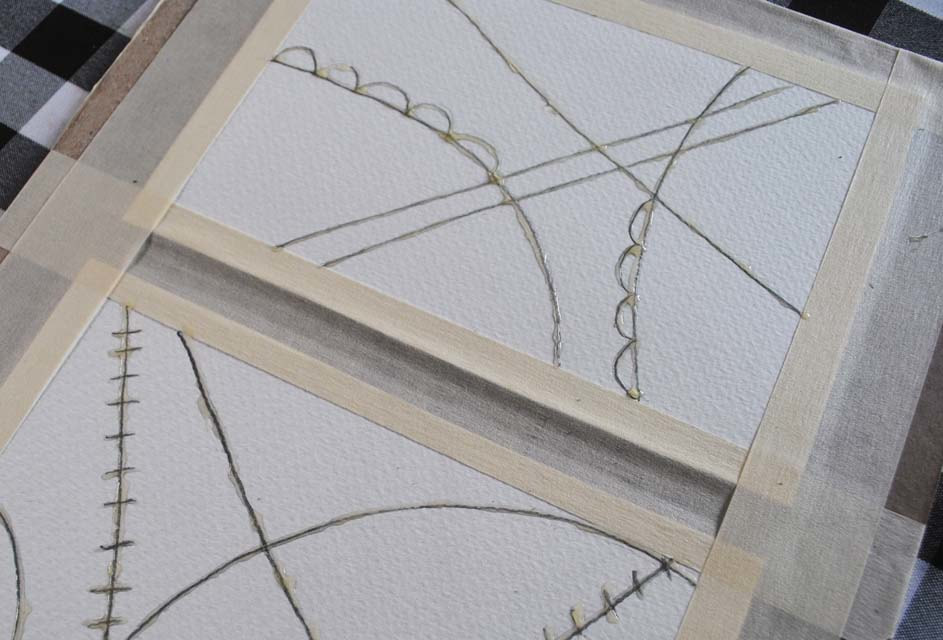

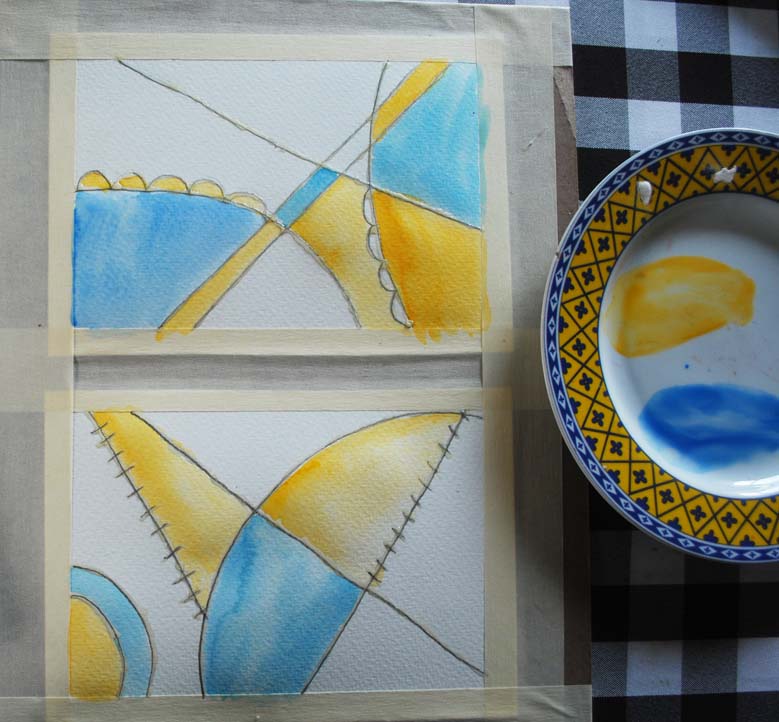
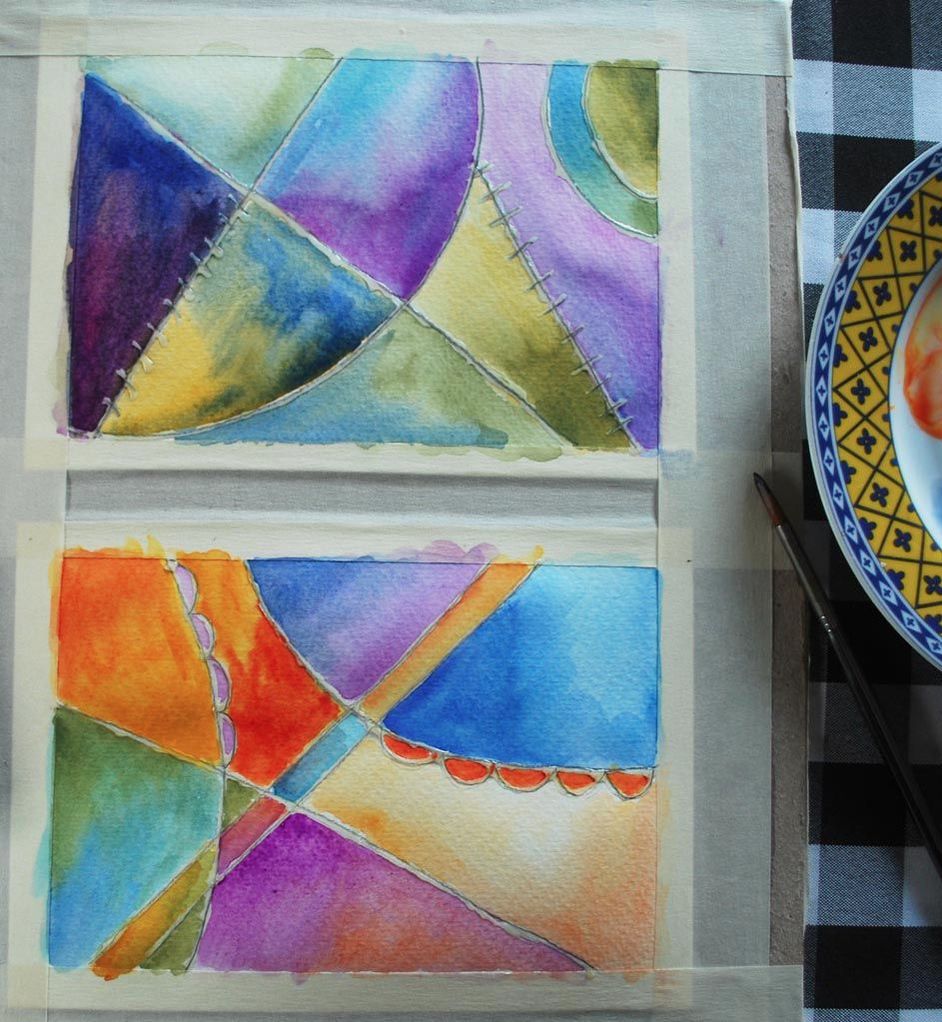
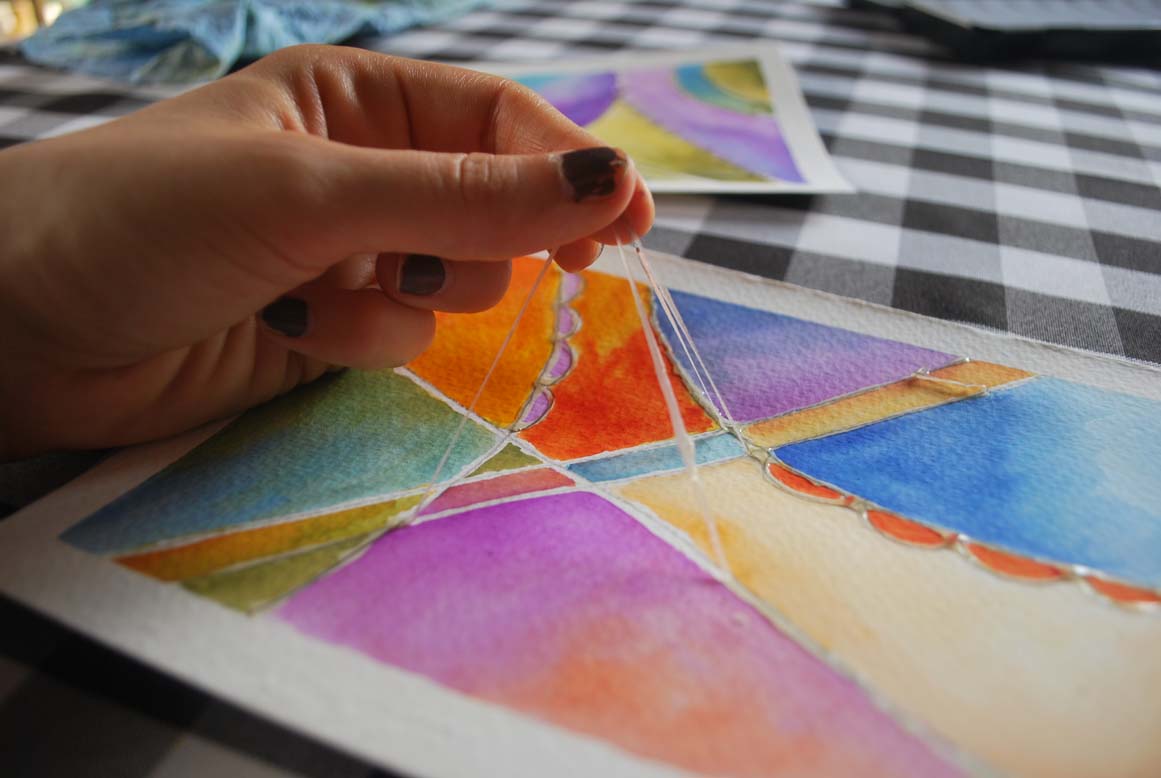








 RSS Feed
RSS Feed

